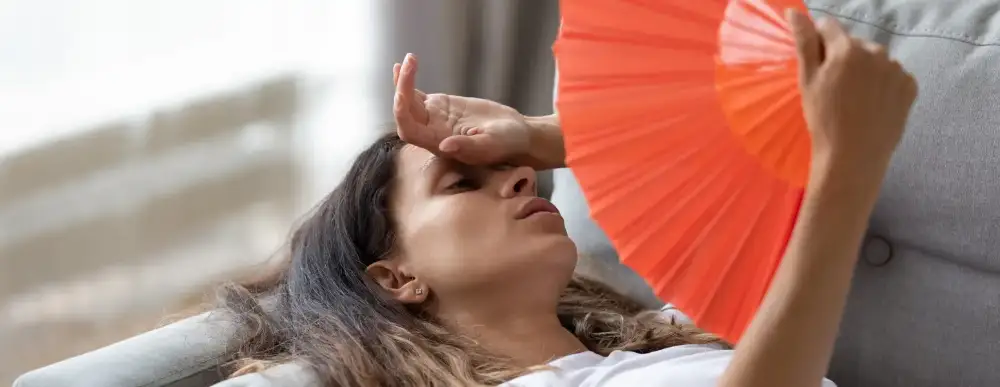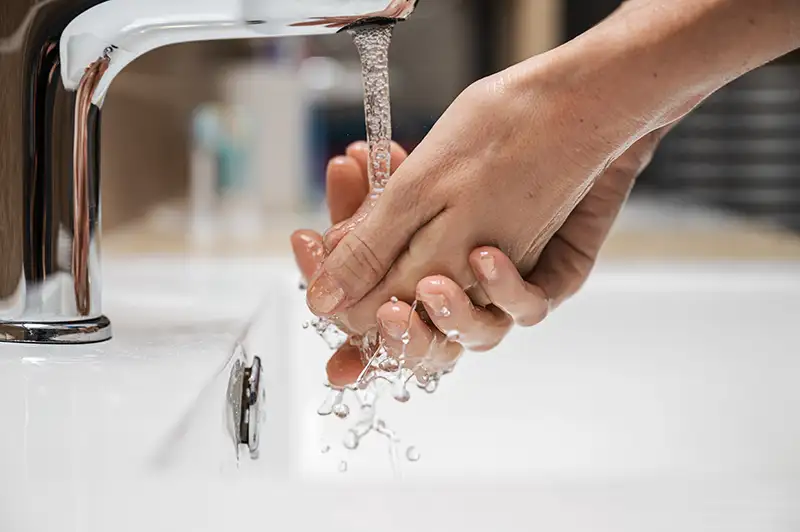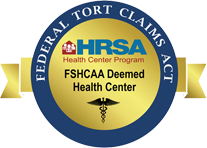It is starting to get hot outside, and with some of the restrictions from COVID-19 lifting, more of us will be outside. Being out in the sun is fun, but there are a few things to watch out for to stay safe in the sun, namely: sunburns, heat cramps, heat rash, heat exhaustion, and heat stroke. We all have experience with sunburns, so I will skip these.
Normal body temperature is typically 98.6℉. When it is hot, our bodies sweat to cool themselves. It is actually the evaporation of the sweat that takes the heat away. When we exercise or otherwise overexert in hot, humid weather, our bodies are less able to cool themselves, and we can develop a heat-related illness.
Heat exhaustion is a condition whose symptoms may include heavy sweating as a result of our body overheating. The mildest form is heat cramps, and if these are treated promptly, heat exhaustion, and the more serious heat stroke, can be prevented. Besides hot weather and strenuous activity, other things to watch out for are dehydration, which decreases the body’s ability to sweat and maintain a normal temperature; alcohol use, which affects the body’s ability to regulate temperature; and overdressing, particularly with clothes that do not allow sweat to evaporate easily. Children under age four and adults older than sixty-five are also at a higher risk. Being overweight also affects the body’s ability to regulate its temperaturecausing the body to retain more heat.
Something that we might forget is that certain medications can affect the body’s ability to regulate temperature. Common ones are beta blockers, diuretics, antihistamines, tranquilizers, antipsychotics, and some illegal drugs.
Signs of heat exhaustion include pale, cool, clammy skin; heavy sweating; dizziness or lightheadedness; and usually a core body temperature elevated to more than 100℉ (but not above 104℉. If you start experiencing symptoms of heat exhaustion, look for shade if you are outside. Turn on the air conditioner if you are inside. Stop doing strenuous activity and lie down if possible, put cool, wet cloths on your body, take a cool bath, and drink water or a sports drink. If you start to get nauseous or vomit, your symptoms get worse, or the symptoms last for more than an hour, seek immediate medical help. Prompt attention to signs of heat exhaustion can prevent heat stroke which can be life threatening if not treated immediately.
A person with heat stroke typically presents with flushed, hot, dry skin; less or no sweating due to dehydration; a core temperature of 105℉or more; fatigue; confusion; unresponsiveness; blood pressure changes (low or high); and hyperventilation.
How can we prevent heat exhaustion? Wear less or lightweight clothing to help the body cool properly. Wear a wide-brimmed hat and sunglasses and put on a broad-spectrum sunscreen with an SPF of at least 15 to protect yourself from the sun. Drink plenty of water to keep your body hydrated is important. Never leave anyone alone in a parked car because the temperature can rise 20 degrees in ten minutes. Take extra precautions if you take medications that affect your body’s ability to stay hydrated and dissipate heat. If you must be outside during the hottest parts of the day, avoid strenuous activity, drinks lots of fluid, and rest frequently in a cool spot. If you have to work or exercise outside, try doing it during the early mornings or evenings. If you are not used to the heat, limit your time working or exercising in it until you get acclimated to it. Finally, be patient. It can take several weeks for your body to adjust to hot weather.
Candice Hutchins is an RN at the Health West Pediatrics clinic. She has been a nurse for seventeen years with most of her experience in Postpartum and well-baby nursery.

What to Expect When Meeting with a Therapist








